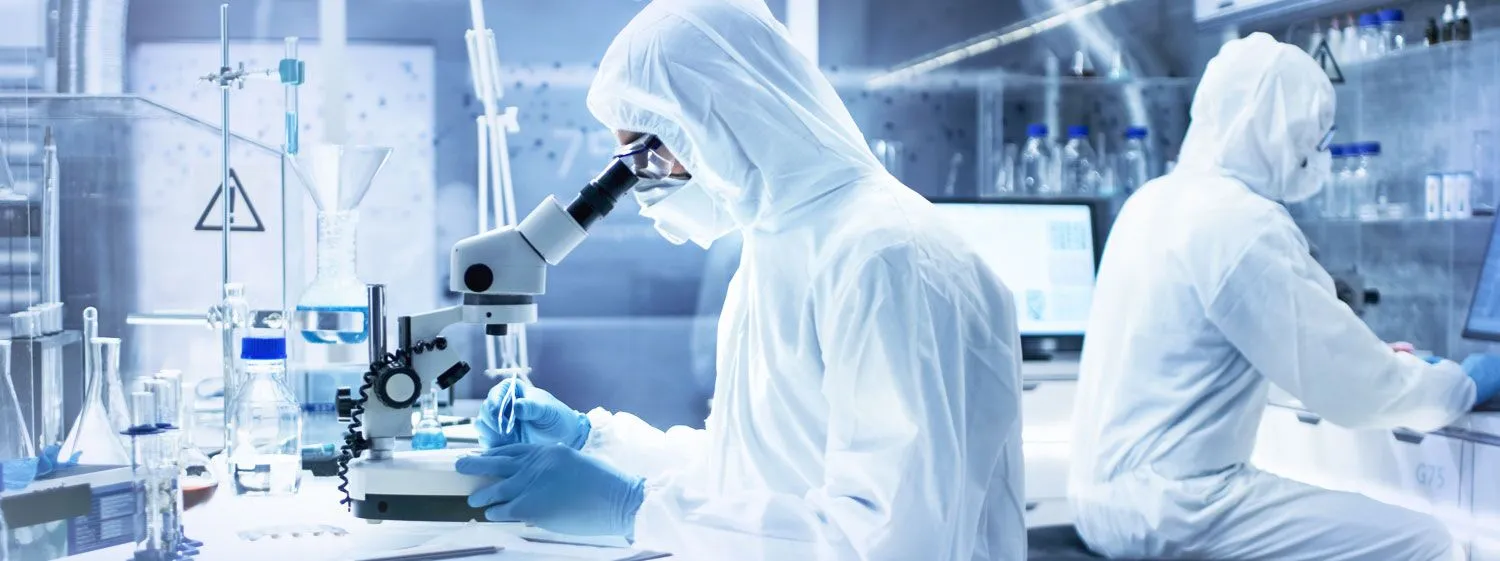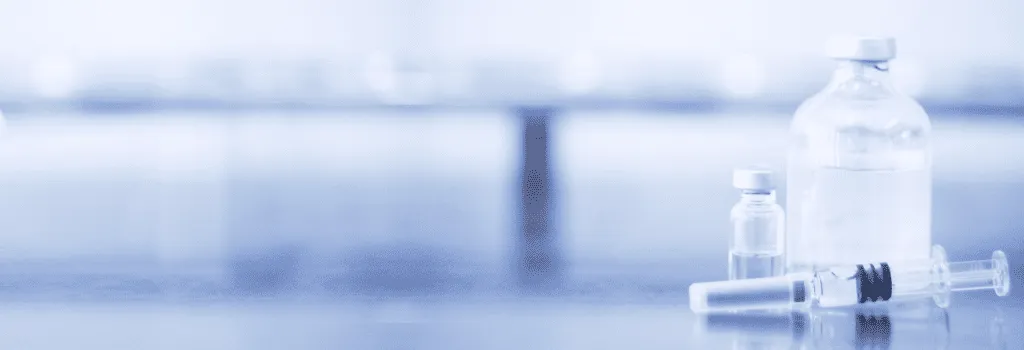Contact Us
- Solutions
- Resources
- About
- Contact Us
close
Optional callout banner for highlighted news or events
Learn MoreIn contemporary pharmaceutical landscapes, the utilization of therapies that bridge the gap between small molecules and biologics is on the rise, presenting both innovative treatment avenues and intricate manufacturing challenges. These therapies encompass steroids, peptides, and hormones, whether naturally derived or synthesized. Their complexity introduces solubility and stability hurdles, necessitating a delicate balance between microbiological and chemical processes. Despite their efficacy, these compounds come with a hefty price tag, ranging from $3000 to $4000 per gram, owing to their high potency and intricate manufacturing requirements.
Amidst the development and production of these intricate drugs, significant risks loom large, encompassing concerns regarding product quality, cost, and patient safety. Any missteps in the manufacturing process can imperil the delivery of efficacious results to patients. However, strategic interventions can substantially mitigate these risks, with a focus on preventing cross-contamination, leveraging single-use technology, and implementing non-destructive testing protocols.

Both the FDA and EMA define cross-contamination as the adulteration of a drug product with another material, posing a substantial threat to its quality and integrity. Effectively managing cross-contamination is paramount, whether in-house manufacturing or via a contract development and manufacturing organization (CDMO). Special emphasis must be placed on this aspect when dealing with complex drug formulations.
The Initial Safety Assessment (ASI) of a drug holds pivotal importance in averting cross-contamination risks. Toxicology reports derived from ASIs delineate Allowable Daily Exposure (ADE) and define Acceptable Residue Limits (ARLs), informing the subsequent Cross-Contamination Risk Assessment. This assessment forms the basis for devising a comprehensive cross-contamination prevention plan, with meticulous documentation and continuous monitoring throughout the manufacturing process being imperative.

Single-use equipment emerges as a viable solution for streamlining manufacturing operations, obviating the need for extensive cleaning of manufacturing suites. The evolution of disposable technology has made significant strides, rendering it capable of accommodating complex formulations containing proteins, steroids, and hormones.
Disposable bags, as small as 1 liter, prove to be ideal for handling expensive and highly potent batches. Engineered to mix, hold, and store batches before and after filtration, these bags entail minimal risk related to extractables and leachables. Their ease of handling and compatibility with complex formulations underscore their utility in enhancing manufacturing efficiency and product quality.

The efficacy of fill-finish operations hinges upon precise dosage administration and adherence to critical quality attributes (CQA), particularly when dealing with highly potent medications. Employing non-destructive testing methodologies can optimize efficiency and quality assurance, eliminating the need for resource-intensive random sampling.
Non-destructive testing facilitates precise quality assessment across entire batches, minimizing wastage and ensuring compliance with CQA. From final check-weighing to sophisticated visual inspection systems, an array of testing methodologies is available to the pharmaceutical industry. Selection of the optimal inspection solution should be driven by the specific CQA of the product, ensuring thorough quality assessment and patient safety.
Like what you read? Share with your network: